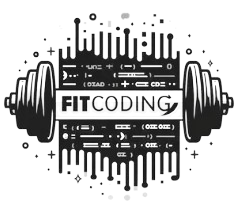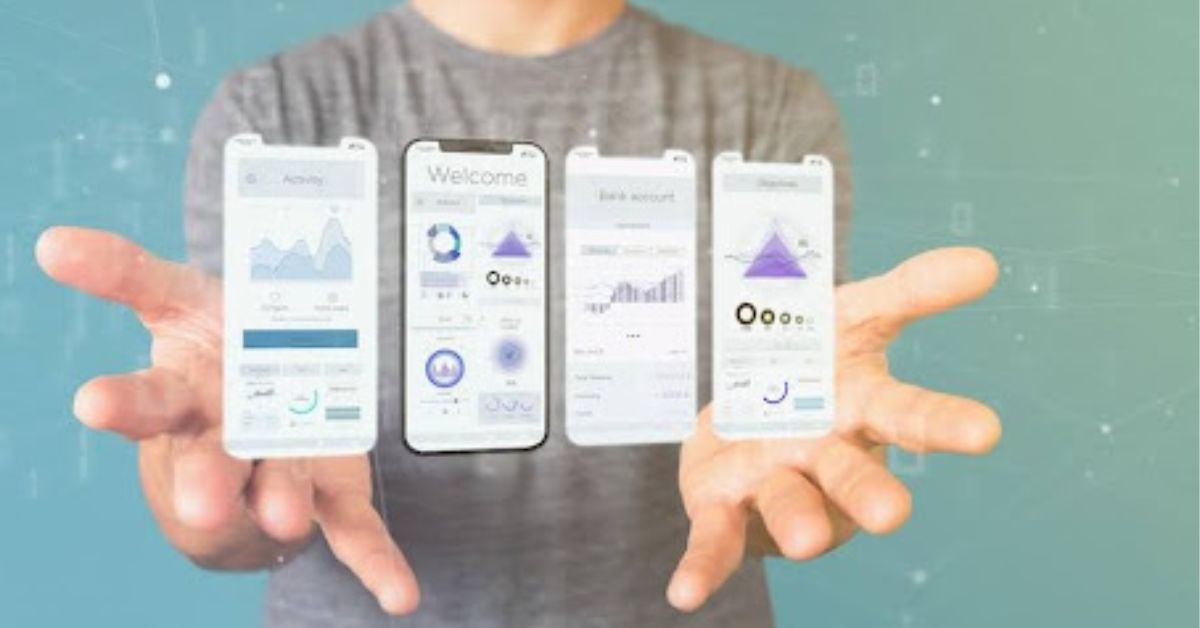Mobile app development is not a single-time task. If you want to build a highly-impacted mobile app, continuous mobile app maintenance is a must to ensure the app’s performance. There are millions of mobile apps on Google Play Store and App Store, but only half of them actually flourish, are highly maintained, and generate optimal revenue streams—no one showing interest in low-maintenance apps.
User satisfaction hinges on the quality of the experience your app delivers—that is why an exceptional app experience leads to greater engagement, retention, and success. To achieve this, you have to be very careful about all aspects, including design, development, and optimization process. Every mobile app development company in Dallas has to focus on app quality to deliver a well-optimized, high-performing, and functional app experience. Rather than thinking about how to develop back-to-back apps, you have to focus on how to build quality apps that actually solve users’ problems. Problem-solving apps are better than apps with no proper app scope.
The quality of an app depends on fastened loading times, proper visual hierarchy, compatibility across platforms, end-to-end security encryption, adequate functionalities and performance, highly navigated features, and so on. The continuous effort to feature enhancement, ensure scalability, and on-time maintenance & updates keep your app more exquisite and optimized.
In this blog, you will discover quick ways to optimize and maintain overall app quality, enabling users to experience highly functional mobile apps.

Pro tips to supercharge your mobile app’s performance
Improve App Loading Time
The faster your app loads, the more your app engages users. Improving app load time highly impacts the app performance and if you fail to do so, you may lose your potential users in no time. To maintain app loading time, you must look into the following attributes.
- Optimize resource-heavy setup processes for better performance.
- Regularly clear outdated cache data to speed up app startup.
- Defer intensive tasks until after the first screen loads.
- Load data only when users access specific screens, rather than during app launch.
- Prioritize essential elements first and use placeholders for secondary content.
- Implement splash screens to enhance perceived speed, prevent the app from appearing unresponsive, and reinforce brand identity.
Be Particular About Application Size
Reducing app size is significant for optimizing app performance because a heavy mobile app takes more time to load, requires more resources to run, and increases battery usage, which ultimately affects user experience. The ideal app size is as small as possible, lying under 100MBs for quicker download and faster app performance.
Streamline Client-Server Interaction
The significance of improving client-server interaction directly impacts app performance, allowing users to get instant responses over user actions and easy data transfer efficiency. By optimizing frontend and backend interaction, you can improve data transference, smoother communication between client and server side, minimize latency, and improve system productivity. By using the API-first approach, you can improve and fasten the development process, ensuring scalability, faster time to market, enriched code reusability, and enhanced interoperability between different applications by establishing a highly intuitive user side for data access and functionality across the system.
Cross-Platform Compatibility
In order to make your app widely accessible, your app must be on every platform where your users are. Cross-platform app development provides the advantage of attracting more users from both iOS and Android platforms. The most sought-after cross-platform app technologies that can supercharge your app performance are React Native app development services and Flutter app development services. These two technologies can build high-performing, compatible, and nearly native-like mobile apps, allowing you to reach a diverse user base. Hiring a React Native development company can be a win-win for your app because they are highly proficient in designing and developing nearly native-like experiences within the cross-platform app.
Continuously Focus On Visual Hierarchy
Visual Hierarchy is all about the design guide that compels the viewer’s eye, including thematic consistency and the placement of elements like images, text, CTAs, and others. The mobile app quality and performance can easily be measured by evaluating how easily your app can navigate users and how quickly it finds the required information, ultimately increasing engagement and user experience. To achieve an improved version of visual hierarchy, companies continuously optimize user interface design by analyzing user behavior and conducting A/B testing to enhance user experience and refine app performance.
Image Optimization For High-Level Performance
High-resolution images look more professional and fascinating, but large-size images can also badly impact app performance. It prolongs loading time due to large file sizes, takes maximum storage, and particularly causes lagging or crashes within the app. In order to optimize images in your app you may use vector images, keep size dynamic, cache images, and use appropriate image formats.
Other Aspects That Require Your Attention
Many other aspects require your attention if you want to optimize app quality and performance. It may include code optimization, adequate restoration of user data, increased frame rates, app store optimization, cache data to optimize for offline mode, implementing diverse security, and so on. Further dissection of applications may bring more points to optimize performance and quality. You have to prioritize what aspects have more influence and require more attention to ensure quality apps and performance.
Let’s Improve Your App Quality & Performance
Improving your app performance requires developers’ dedication, monitoring app performance, and quick action to the insights. By using app performance monitoring tools, you can track key metrics of the app, like app start time, network performance, resource utilization, user actions, and error rates. You can integrate popular APM tools within your app including AppDynamics, Dynatrace, Datadog, and Firebase Performance Monitoring depending on your specific needs and platform. By using one of these tools, you can evaluate your app KPIs by evaluating device performance retention rate, crash report analysis, network performance, and Apdex score.











